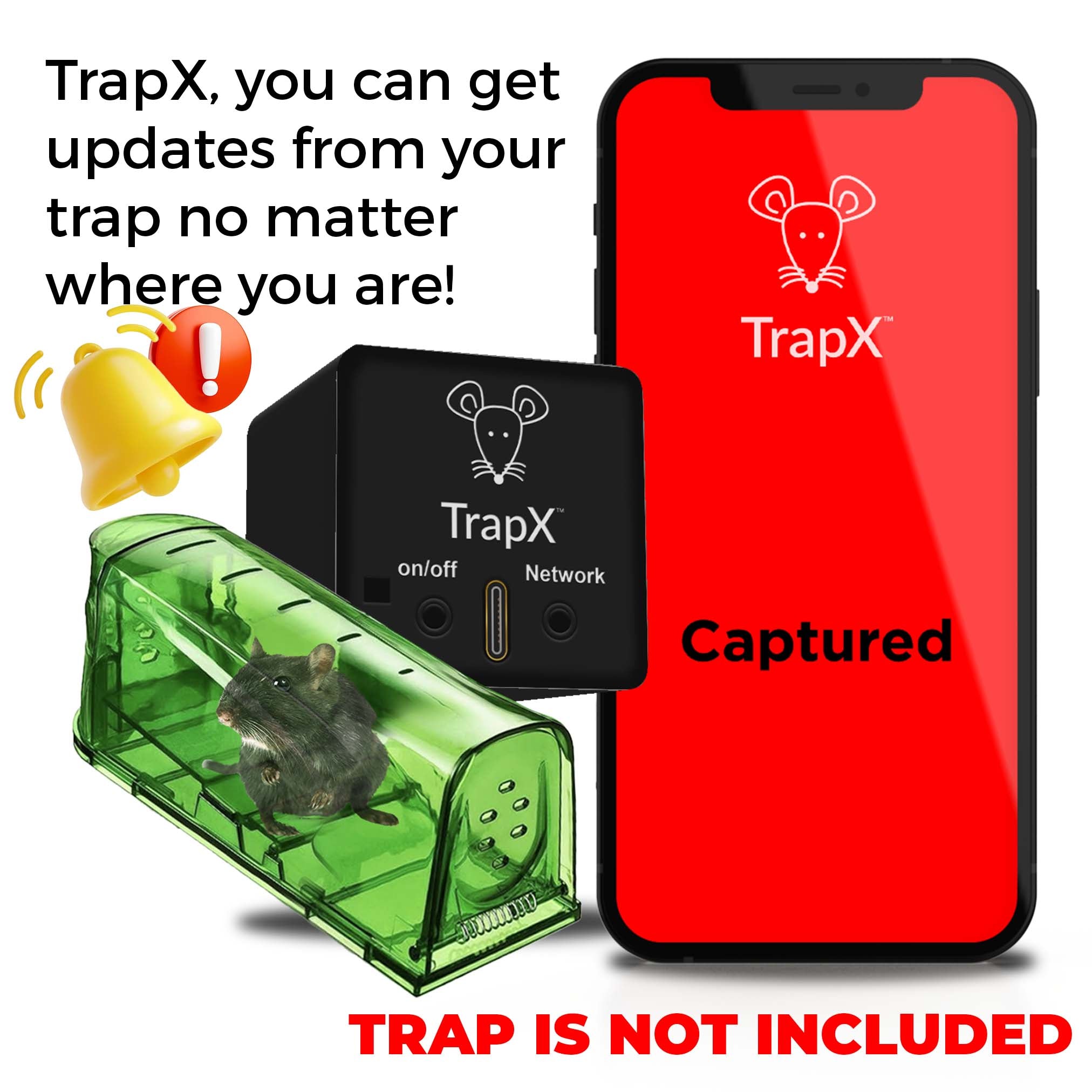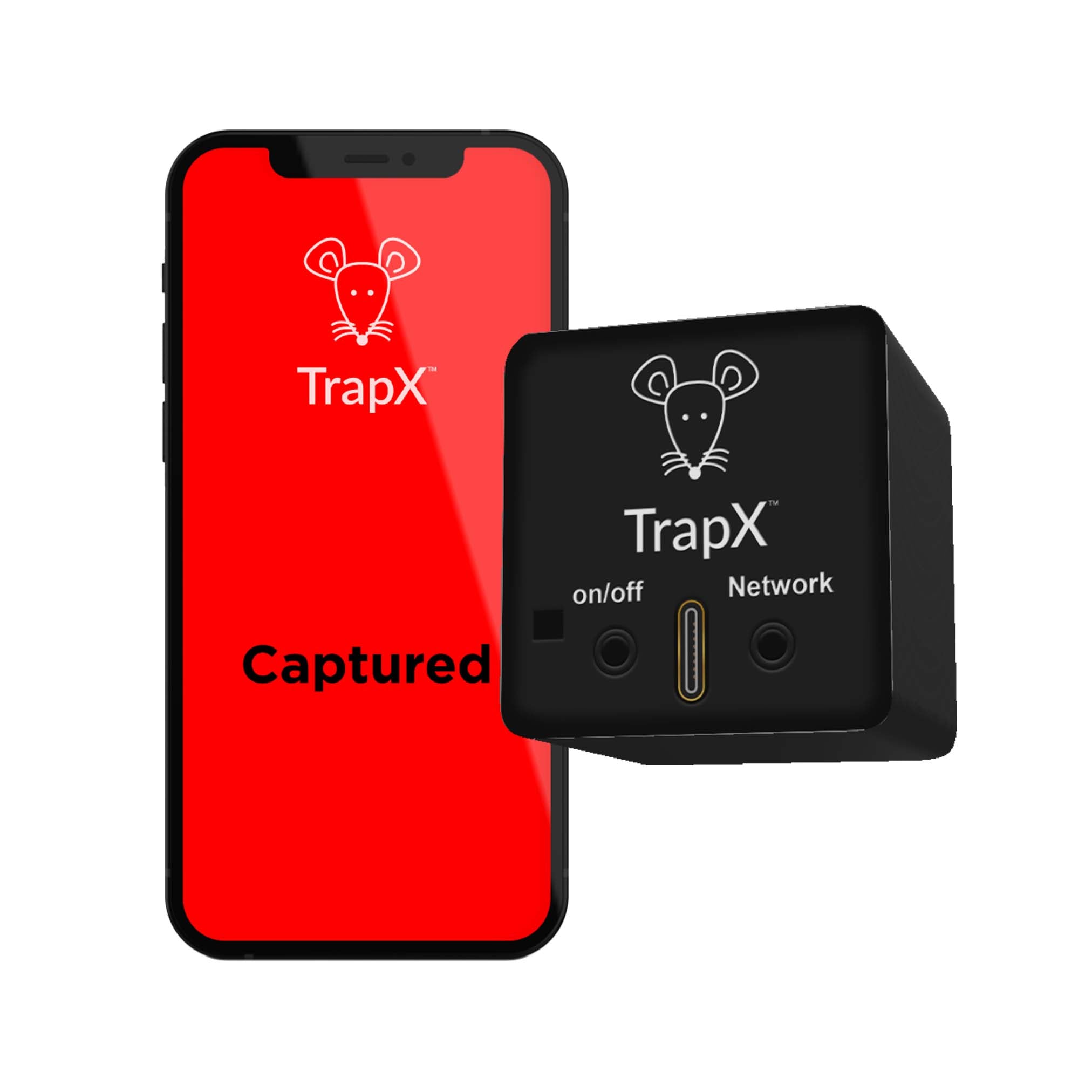The Ultimate Guide to Mouse Glue Traps: How to Get Rid of Mice Safely and Effectively
Share
Having mice invade your home can be more than just a nuisance. These pesky rodents are known to carry diseases and cause significant damage to your property. Luckily, one effective and humane way to manage this problem is through the use of mouse glue traps. This article will serve as your complete guide to understanding and using mouse glue traps to ensure a mouse-free environment safely. Lets get started!

Understanding Mouse Glue Traps
Mouse glue traps are straightforward yet highly effective devices for capturing mice. Unlike traditional traps that rely on snapping mechanisms, glue traps use a sticky adhesive to catch the mice. One major benefit of glue traps is that they don't kill the mice immediately, allowing you to decide the next step.
How Do Mouse Glue Traps Work?
The process involves both bait and glue. The bait lures the mouse, and once it steps onto the sticky surface, it becomes immobilized. This method is particularly noted for reducing immediate suffering and is considered humane when used correctly.

Why Choose Mouse Glue Traps?
Advantages of Mouse Glue Traps
- Humane Treatment: Offers a non-lethal option for mouse control.
- Ease of Use: No complex setup required, making them very user-friendly.
- High Effectiveness: They are known to be highly effective when deployed correctly.
Considerations Before Use
While glue traps are advantageous, it's essential to consider a few factors. Regularly check the traps to minimize prolonged suffering for the trapped mice. Additionally, for larger infestations, multiple traps might be required to manage the issue effectively. For more detailed strategies, you can explore effective mouse traps.

How to Use Mouse Glue Traps Effectively?
Placement of the Traps
The key to success with mouse glue traps lies in their placement. Identify areas with frequent mouse activity, such as the kitchen, attic, or basement. Corners and edges along the walls are usually prime spots for setting up traps. For advanced tips, check out trap placement strategies.
Using Bait with the Traps
While the sticky surface is usually sufficient, enhancing the trap's effectiveness with bait like peanut butter or sunflower seeds can attract mice more efficiently. For more detailed bait options, consider reading about peanut butter as bait.

Things to Keep in Mind When Using Mouse Glue Traps
- Ensure traps are out of reach of pets and children.
- Wear gloves when handling both the traps and trapped mice.
- Check traps regularly to minimize any suffering.
What to Do After Catching a Mouse?
Once you've caught a mouse, decide on the best course of action. Here are your options:
- Relocate: If local laws permit, you can release the mouse far from your home. Visit Humane Mouse Catching for more details.
- Dispose: If relocating is not possible, seal the mouse in a plastic bag and dispose of it in the trash.
Conclusion
Mouse glue traps offer a humane and effective solution for ridding your home of mice. By using them correctly and responsibly, you can maintain a mouse-free environment. For those interested in a broader spectrum of pest control solutions, you can visit Rodent Control Solutions.
FAQs
1. Are mouse glue traps safe to use?
Generally, yes. However, ensure they are placed out of reach of pets and children.
2. How long can a mouse survive on a glue trap?
Mice can suffer for several hours, so it's important to check traps frequently.
3. What is the best bait for mouse glue traps?
Peanut butter and sunflower seeds are highly effective as bait.
4. How do I dispose of a mouse caught on a glue trap?
Seal the mouse in a plastic bag and dispose of it in the trash.
5. Can I reuse mouse glue traps?
No, once they've trapped a mouse, they should be discarded.
6. Do glue traps work on larger rodents?
Glue traps are primarily designed for mice, and larger rodents may not be effectively caught.
As an Amazon Associate, I earn from qualifying purchases.
